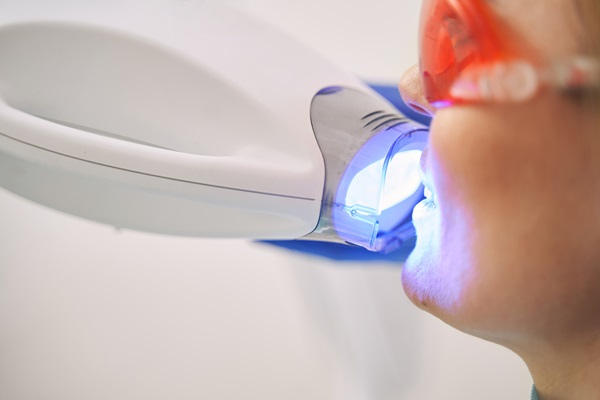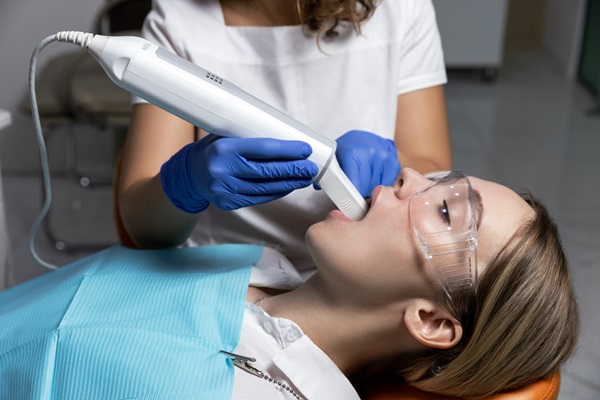Three Common Treatments a Laser Dentist Provides

Laser dentistry may be the ideal choice for people looking for a new approach to dental care. The dentist uses lasers for a number of dental treatments. It provides a precise and sophisticated method of treating patients' oral health problems comfortably and effectively.
Common treatments available from a laser dentist
Dentists use lasers to alter or remove hard or soft tissues in the oral cavity. The following are treatments where laser dentistry is a practical option:
Cavity removal and filling
Traditional dental drills are commonly used to remove tooth decay. Many patients, however, detest this technique because of the vibration, loudness, and odor. The dentist can use lasers to heat the decaying area quickly, killing bacteria while also removing decay from the tooth surface. The procedure is quick and usually causes minimal discomfort. Local anesthetic is not always required for minor cavities.
Treatment for periodontal disease
Plaque and tartar buildup on the teeth can allow oral bacteria to thrive and multiply. As the bacteria proliferate, acids and toxins are produced, resulting in gum inflammation. If left untreated, gum recession and the formation of gingival pockets around the teeth may occur. The teeth may loosen or fall out as a result of severe gum disease. The dentist can use laser dentistry to clear gingival pockets and improve gum healing.
The laser dentist removes oral germs using a periodontal laser probe. The dentist will place the probe in the gingival pocket and around the tooth to destroy germs and remove diseased tissues while preserving the tooth enamel and gums from additional harm. The process is incredibly rapid, effective, and painless. According to the American Dental Association, laser treatment reduced gum pocket depth and improved remineralization compared to traditional gum disease therapies.
Gum recontouring
Gum tissues may be changed in color and shape using lasers. Gums encircle the teeth; therefore, issues like enlarged tissues and excess melanin can make the smile appear less attractive. The dentist can use dental lasers to swiftly eliminate age spots and dark regions, restoring the gums' health and pink appearance.
The dentist can also remove or reshape gum tissues and make teeth seem straighter. Some patients, for example, have a familial history of a gummy smile, which causes the teeth to appear shorter than they are. Crown lengthening is a procedure in which the dentist uses dental lasers to cut and shape the gum tissues to reveal more of the tooth's natural surface.
Consider a laser dentist
Lasers make it easier to complete certain dental treatments. A laser is typically comfortable and precise during treatment, making it a viable option for individuals who are anxious about going to the dentist. The recovery time is also shorter, especially because lasers can reduce or stop bleeding during complex surgeries. Dentists are discovering new methods to utilize lasers to help patients experience less pain and recover faster. Make an appointment with a laser dentist to learn more about how laser dentistry works and how it can help you enhance your smile.
Check out what others are saying about our dental services on Yelp: Laser Dentistry in Middle Island, NY.
Recent Posts
Looking for a general dentist who offers laser dentistry services? This advanced dental treatment option is growing in popularity every day, as it offers various benefits that are not available using other treatment options. For example, according to the American Dental Association, lasers are used to reshape gums and remove bacteria during root canal procedures.A…
Many people avoid getting a root canal because they are scared that there will be severe pain or long recovery times. However, with the help of laser dentistry, root canals can be done much easier, which actually leads to quicker recovery times and less pain. Laser dentistry is a modern practice that more patients are…
Learning more about your options for getting new dentures is necessary, as you need to make a choice that works for you. This requires thinking about your current lifestyle and how denture care will fit in. Denture care is very important, as when you take proper care of your dentures, they can last many years.Finding…
All-on-4 surgery replaces all the teeth in a dental arch with fixed dentures. The dentures are held in place by four implants in the jaw. If the person is missing all their teeth, they will need to have four implants in each jaw.Getting a single dental implant is a process that requires one or more…


